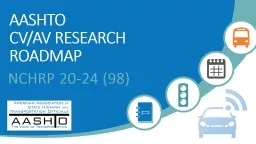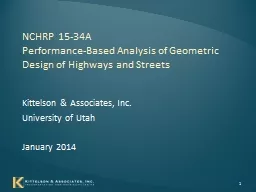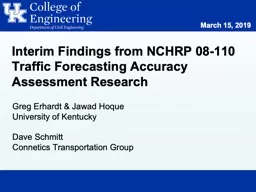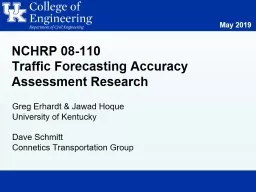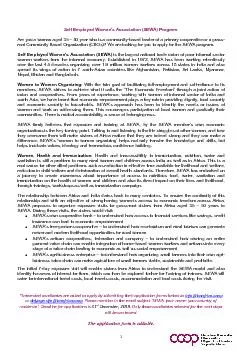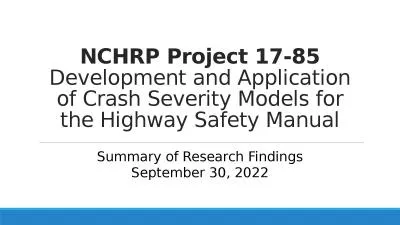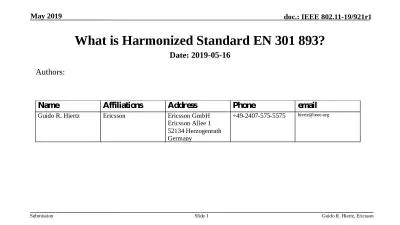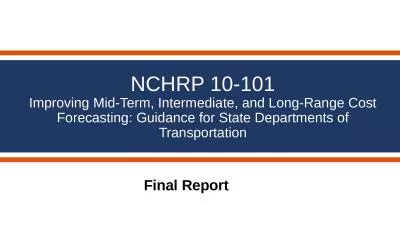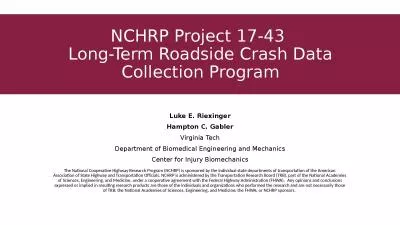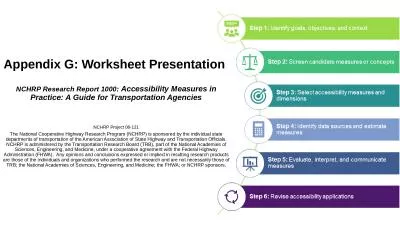PPT-NCHRP Research Report 893:
Author : faustina-dinatale | Published Date : 2018-11-05
Systemic Pedestrian Safety Analysis Final Presentation Materials MAY 2018 Presentation Overview Background Project Description Objectives Key Tasks and Findings
Presentation Embed Code
Download Presentation
Download Presentation The PPT/PDF document "NCHRP Research Report 893:" is the property of its rightful owner. Permission is granted to download and print the materials on this website for personal, non-commercial use only, and to display it on your personal computer provided you do not modify the materials and that you retain all copyright notices contained in the materials. By downloading content from our website, you accept the terms of this agreement.
NCHRP Research Report 893:: Transcript
Download Rules Of Document
"NCHRP Research Report 893:"The content belongs to its owner. You may download and print it for personal use, without modification, and keep all copyright notices. By downloading, you agree to these terms.
Related Documents



